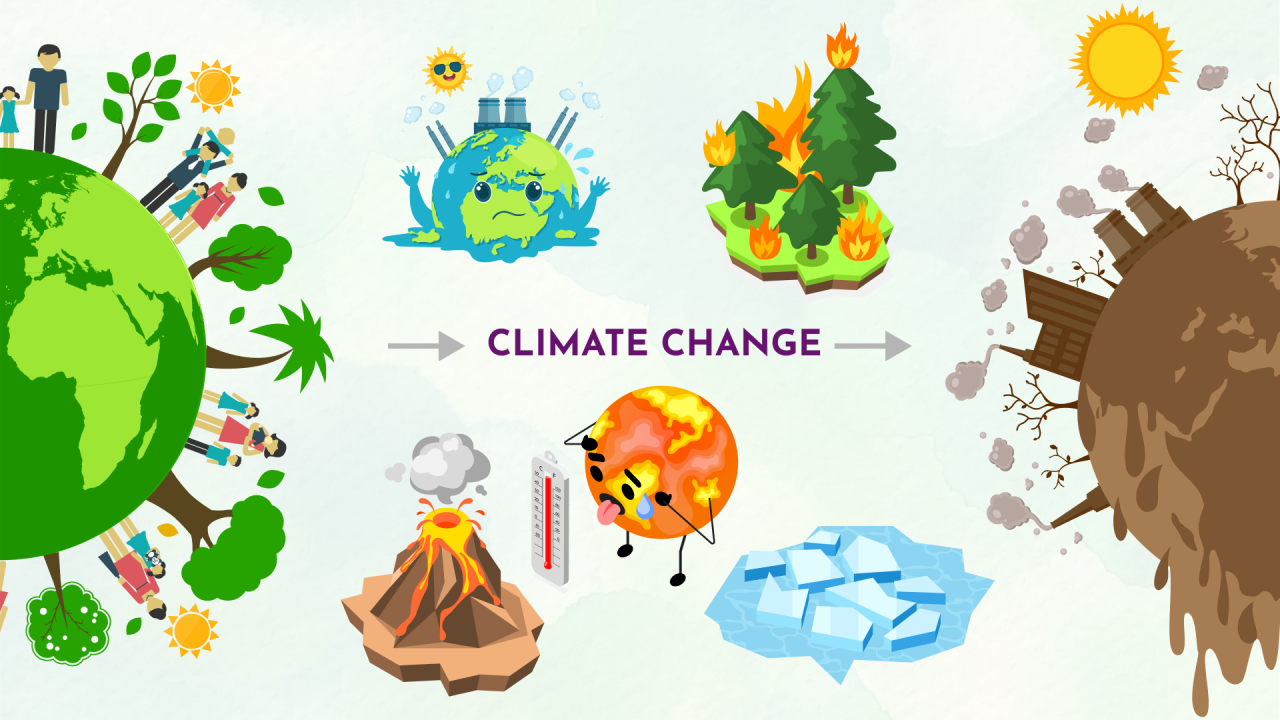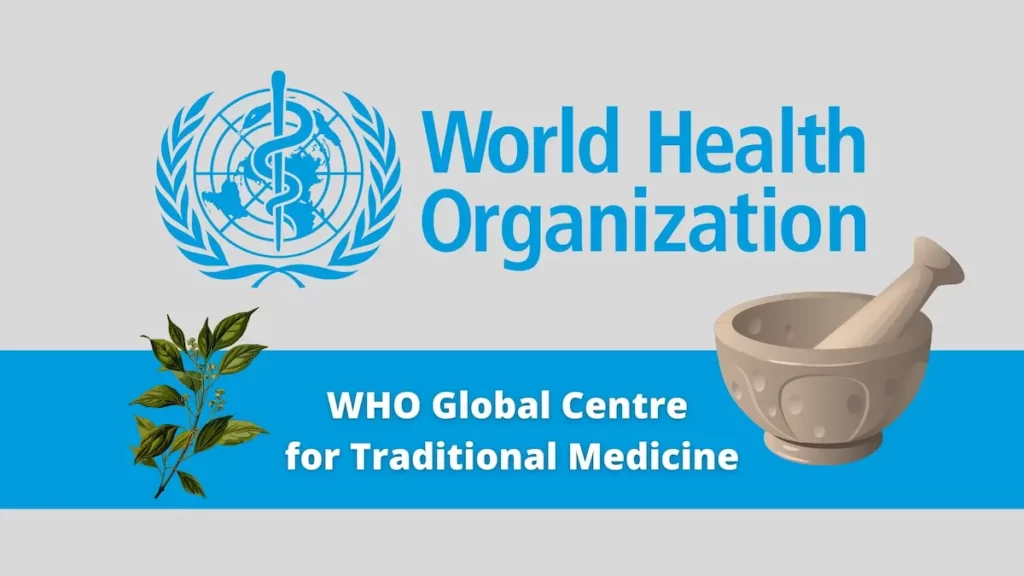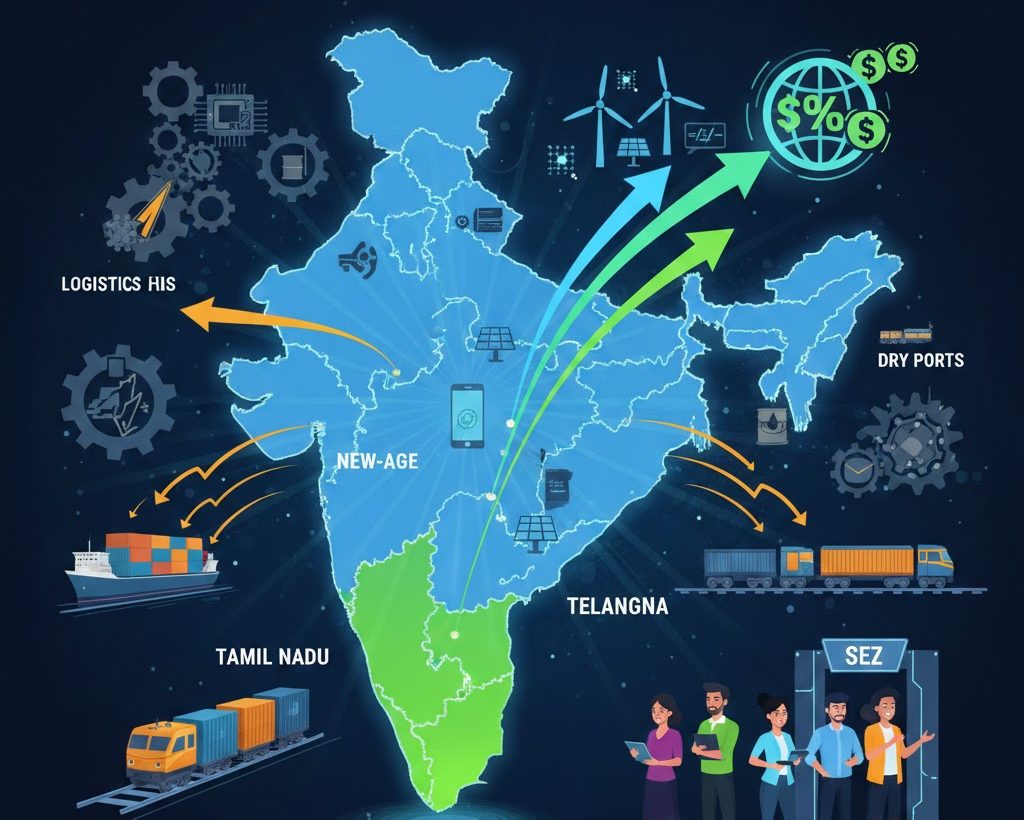Font size:
Print
Permafrost Thawing in Kashmir Himalaya
Context:
A new study highlights the emerging environmental threat posed by permafrost thawing in the Kashmir Himalaya.
More on News
- The study, published in Remote Sensing Applications: Society and Environment, used satellite data from NASA’s MODIS sensor to track surface temperatures from 2002 to 2023.
- The researchers examined over 56 images per year, totalling 1,176 land surface temperature images from NASA’s Terra and Aqua satellites.
- The results indicate that permafrost is widespread in J&K and Ladakh, with 87% of Ladakh covered by permafrost, while the foothills of Jammu and the Siwaliks do not have any.
Permafrost is soil, sediment, or rock that has been continuously frozen for at least two years. It serves as a significant carbon store, containing large amounts of organic carbon, which, when thawed, is released as methane, a potent greenhouse gas. As global temperatures rise, permafrost is gradually thawing, raising serious environmental and structural concerns, particularly in regions like the Kashmir Himalaya, where it covers over 64.8% of the geographic area in Jammu & Kashmir (J&K) and Ladakh.
Factors Contributing to Thawing
- Global Warming: The primary driver of permafrost degradation is the rise in surface temperatures.
- Human Activities: Deforestation, land-use change, wildfires, and infrastructure development (roads, dams, real estate, tourism) exacerbate the degradation of permafrost. Human-induced climate change is also a driving factor in the thawing of permafrost.
- Natural Events: Earthquakes and other natural processes also shake permafrost, causing it to break apart.
Key Findings
- The study reveals that thawing permafrost could disrupt the region, impacting 193 km of roads, 2,415 households, 903 alpine lakes, and eight hydropower projects. This issue is becoming a serious concern in the context of climate change and its potential effects on the environment and local infrastructure.
- The degradation of permafrost could have serious consequences, including land instability, glacial lake outburst floods (GLOFs), and infrastructure damage.
- If permafrost continues to degrade, it could also affect groundwater levels and river water availability, as permafrost contributes to the flow of rivers.
- The lack of in-situ monitoring is a significant gap, and experts emphasise the need to deploy data loggers in permafrost zones to track temperature fluctuations more accurately and ensure more reliable permafrost monitoring.
The Impact of Thawing Permafrost
- Carbon Release: As permafrost melts, carbon stored for millennia is released into the atmosphere, primarily as methane, a potent greenhouse gas.
- Glacial Lakes and Flood Risks: The region contains 332 proglacial lakes, of which 65 are at significant risk of Glacial Lake Outburst Floods (GLOFs), posing a threat to communities and infrastructure downstream.
- The increase in the number of glacial lakes by 33% between 2011 and 2024 further exacerbates the potential risks.
- Examples of such events include the Chamoli avalanche (Uttarakhand, 2021) and South Lhonak Lake GLOF (Sikkim, 2023).
- Additionally, the thawing of permafrost may weaken the structural integrity of roads, hydropower plants, and military infrastructure, especially in areas like Ladakh, where permafrost-covered slopes are home to residential settlements and key infrastructure. The National Security of India is also a concern, as many strategic roads pass through permafrost zones.
Planning and Mitigation
- Informed Infrastructure Development: Future road construction and infrastructure projects should consider the presence or absence of permafrost, ensuring that projects are sustainable in ecologically fragile areas.
- Comprehensive Environmental Impact Assessments: It is vital to include glacial lake outburst floods and other cryospheric hazards in environmental assessments for projects like hydroelectric power plants.
- Public Awareness and Policy Action: Governments need to raise awareness about the risks associated with permafrost thawing, particularly in strategic regions like Ladakh, which could face severe consequences due to the degradation of permafrost.
- Monitoring and Data Collection: Establishing real-time monitoring systems using satellite data and in-situ sensors is crucial for tracking temperature variations and providing more accurate assessments of permafrost conditions.


